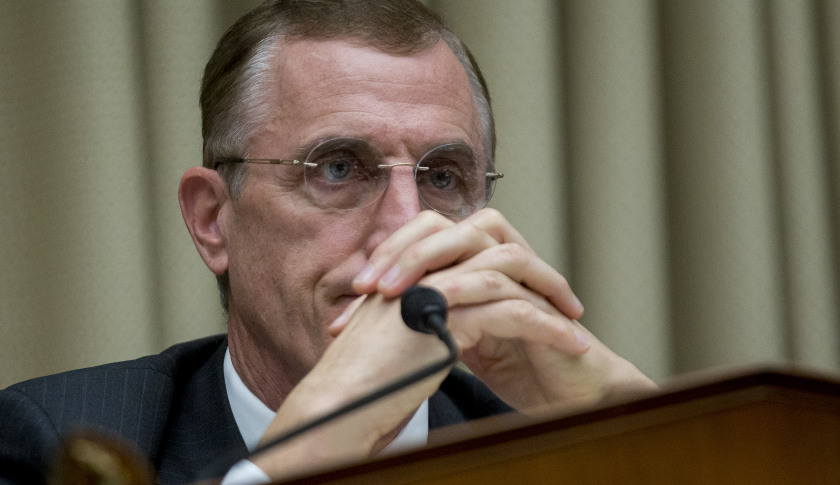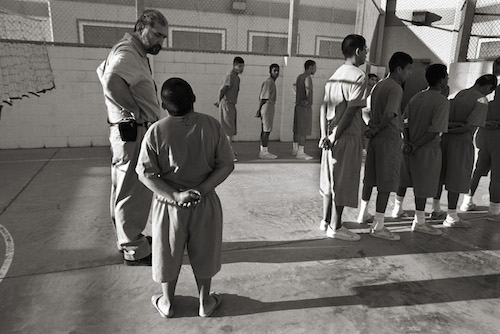(8-5-2106) I am so proud of the progress that Fairfax County, Virginia, where I live, is making in establishing a jail diversion program for individuals whose crimes were clearly prompted by their mental illnesses. I’m also thrilled that my son, Kevin (Mike in my book), is featured in a short, educational video about Diversion First which the country has released on Youtube.
As Kevin candidly discusses when he speaks to mental health groups, there was a six-year period when it appeared as if he were destined for a life spent homeless, in jail, in-and-out of hospitals or a quick death. Today, he is employed by Fairfax County on a jail diversion team as a peer specialist who helps persons with mental disorders manage their lives. Kevin recently enrolled in graduate school to obtain a Masters Degree in Social Work. He lives independently.
His recovery is a success story that shows what can be achieved when someone who has been arrested and, yes, even shot twice with a Taser by the police, receives the community supports, including temporary supportive housing and job counseling, that he or she needs to manage their illness.
And that is what Diversion First is designed to do.
Since January 1st of this year, Fairfax County has made a determined effort to divert individuals with mental illnesses by having Crisis Intervention Team trained police officers take them to a crisis center (drop off center) rather than to emergency rooms or jail. At the Merrifield crisis center, they are greeted by peers and evaluated by mental health professionals whose goal is to help them rather than sending them to jail. Hopefully, the next phase of Diversion First will focus on greater use of a mental health docket to divert defendants charged with minor crimes into treatment.
I am grateful to Fairfax County Supervisor Chair Sharon Bulova, Supervisor John C. Cook, Sheriff Stacey Kincaid, Police Chief Edwin C. Roessler Jr., CSB Executive Director Tisha Deeghan, and Diversion First leaders, Laura Yager and Gary Ambrose for launching Diversion First.
 (8-3-16) The death of
(8-3-16) The death of 
 (7-21-16) Did a Virginia official, whose job is to protect the public from dishonest government officials, lie to me?
(7-21-16) Did a Virginia official, whose job is to protect the public from dishonest government officials, lie to me?



